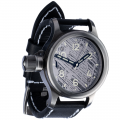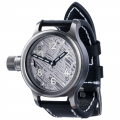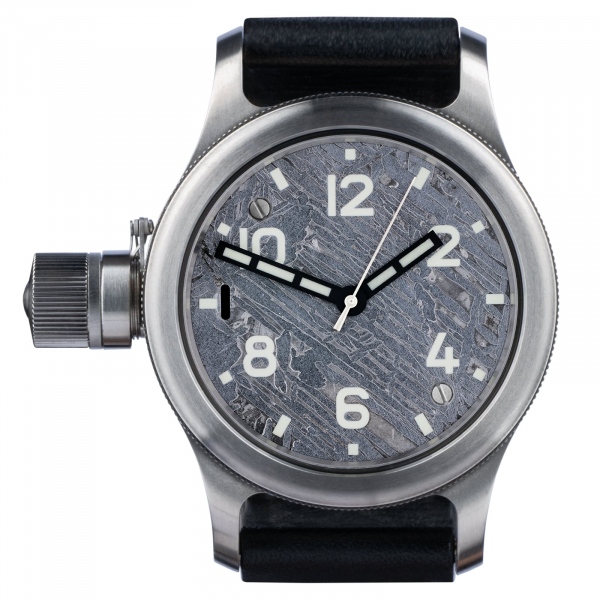Brief description:
Type: IIIE iron meteorite, octahedrite
Fall location: China, Xinjiang province
Fall time: not recorded
Discovery time: 1898
History of study
The path to recognition and identification for Aletai was long and difficult. The first fragment of this meteorite, weighing 28 tons, was discovered in 1898 in the Chinese part of the Altai mountain system, in the Xinjiang province. It was accidentally found by a local farmer. However, the strange metal lump got stuck between rocks and half-grown into the ground, and the terrain itself, very difficult to access, made it extremely difficult to transport and study the find.
The task turned out to be so difficult that in 2011 the country's authorities gave the order to build a special route. And then a real boom began: meteorites began to be found in the Xinjiang province literally one after another. For a long time, the finds were not connected to each other, since they were located quite far from each other, which is not typical for fragments of a single celestial body. This is how the Armanty, Ulasitay, Xinjiang, Akebulake, Usilike meteorites appeared...
And only in 2015, when scientists compared the mineral composition of the three largest fragments, they suddenly realized that we were not talking about many different meteorites, but about one single one. Since then, all these iron fragments have been officially called Aletai, in honor of the prefecture of the same name, near which the first fragment was found, and the rest of the names have been canceled.
Not long ago, in 2021, another large block weighing 23 tons was discovered in one of the pastures in Xinjiang, which renewed interest in the meteorite. So the story of Aletai is far from over.
Age and size
Like all iron meteorites, Aletai is most likely a fragment of the core of an ancient protoplanet that collapsed about 4.5 billion years ago, when the Solar System was forming.
The total weight of the meteorite is presumably about 100 tons. And it seems strange that the fall of such a giant did not leave any traces in history. According to an international group of scientists, Aletai entered the Earth's atmosphere at a slight angle and flew along the same trajectory as a thrown stone sliding along the surface of a lake.
This explains why many fragments, some weighing tens of tons, and some tens of kilograms, were scattered over an area of about 430 km (Aletai has the longest meteorite field of all known). While usually fragments of the same celestial body are no more than 30-40 km from each other.
And this can also explain the absence of craters at the sites of the largest fragments falling - their energy simply dissipated during the flight over long distances.
Description
Aletai belongs to the group of iron meteorites known for their high content of nickel and rare earth elements. Its chemical composition contains 76.76% iron and 13.28% nickel.
The crystal structure of this celestial guest includes the so-called "Widmanstätten figures" - an incredibly beautiful pattern, similar to frost on glass, which was formed over many millions of years in the process of metal crystallization in the conditions of eternal cosmic cold. And this pattern cannot be repeated artificially.





.png)
.png)
.png)
.png)
.png)




.png)
.png)
.png)
.png)
.png)




